The Presence of Second Mesio-buccal canal in Upper Molars is One of the most common scenarios of Anatomical Variations. According to Studies from Different Middle Eastern Countries, The prevalence of […]
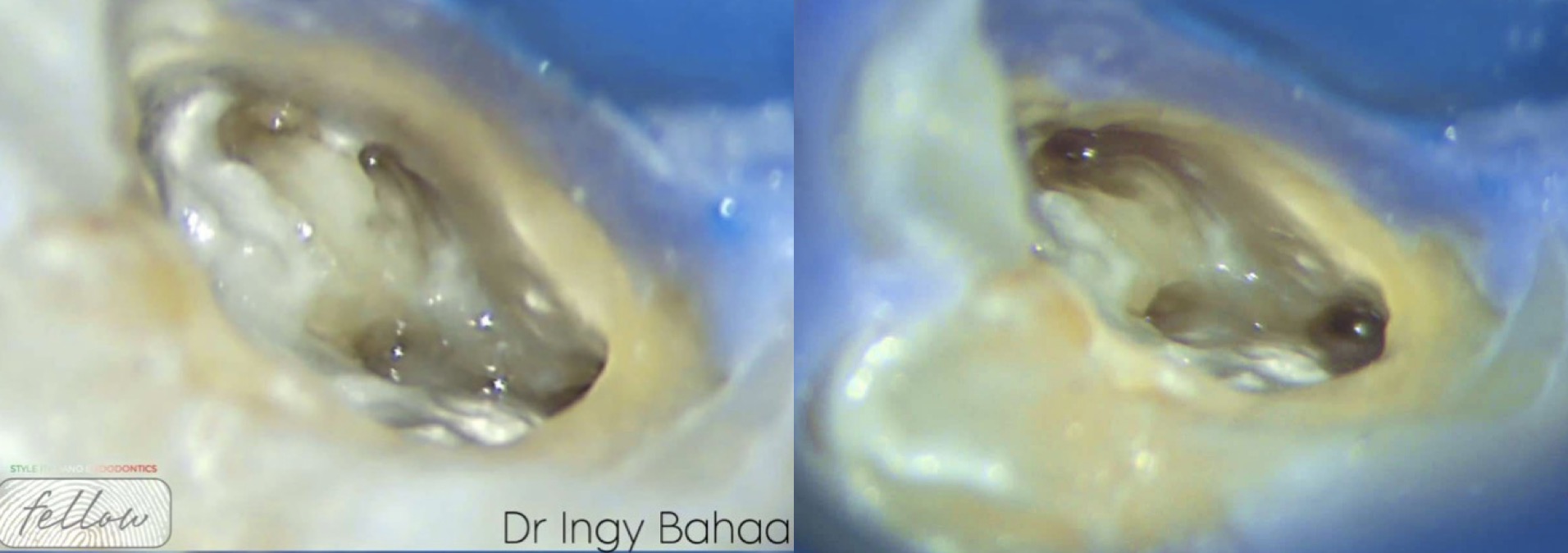 Coalescence Phenomena of MB2 Canal
Coalescence Phenomena of MB2 Canal
The Presence of Second Mesio-buccal canal in Upper Molars is One of the most common scenarios of Anatomical Variations. According to Studies from Different Middle Eastern Countries, The prevalence of […]
 UL6 with unusual anatomy
UL6 with unusual anatomy
The incidence of MB2 and MB3 in upper first molars is low (Ronald Ordinola-Zapata et al., 2020), however one of the most common reasons for endodontic failures is missed anatomy […]
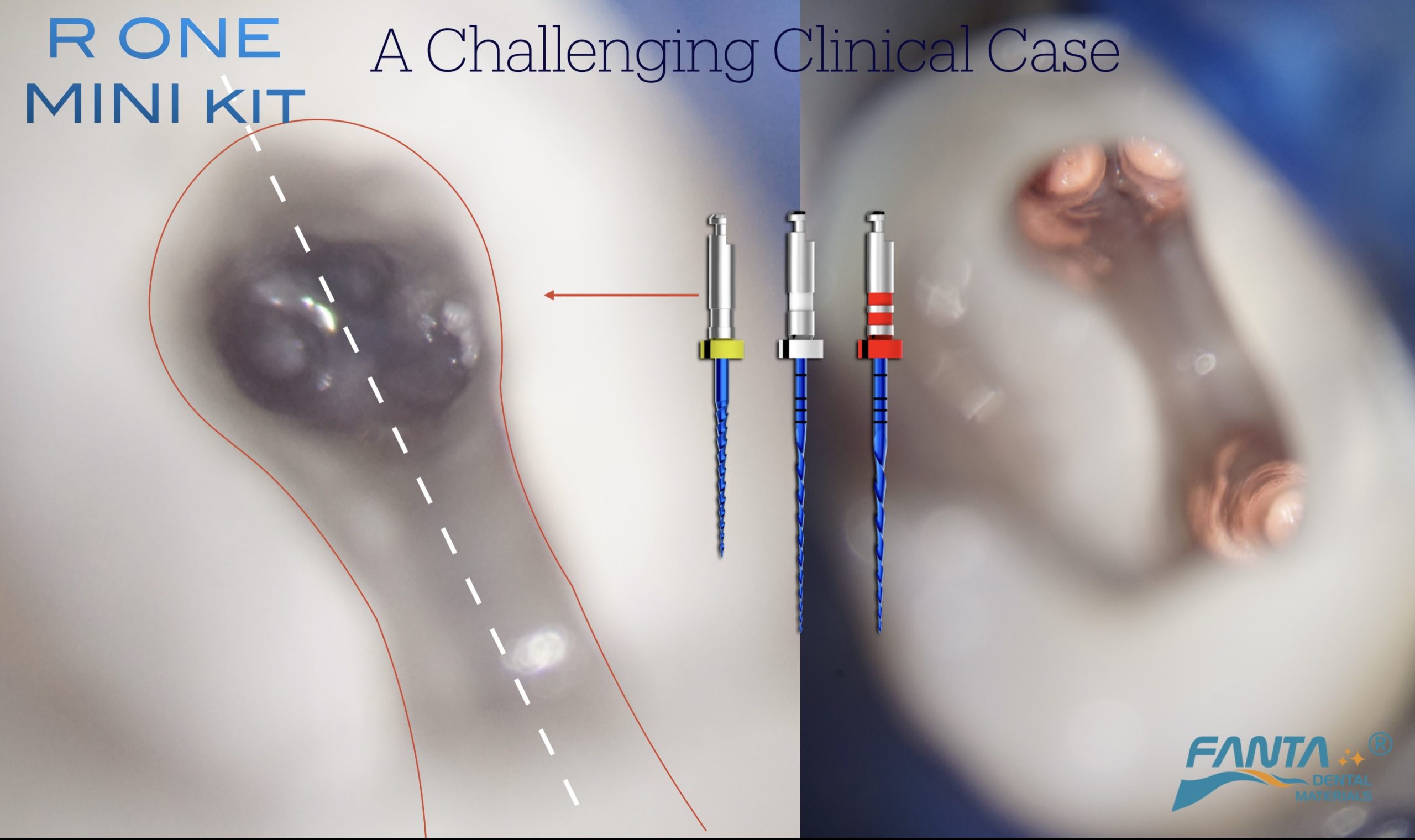 A Challenging Clinical Case
A Challenging Clinical Case
Three-rooted maxillary first premolars represent a significant anatomical variation and a considerable challenge in Endodontic practice. This article aims to analyze the clinical management strategies pertaining to this specific tooth […]
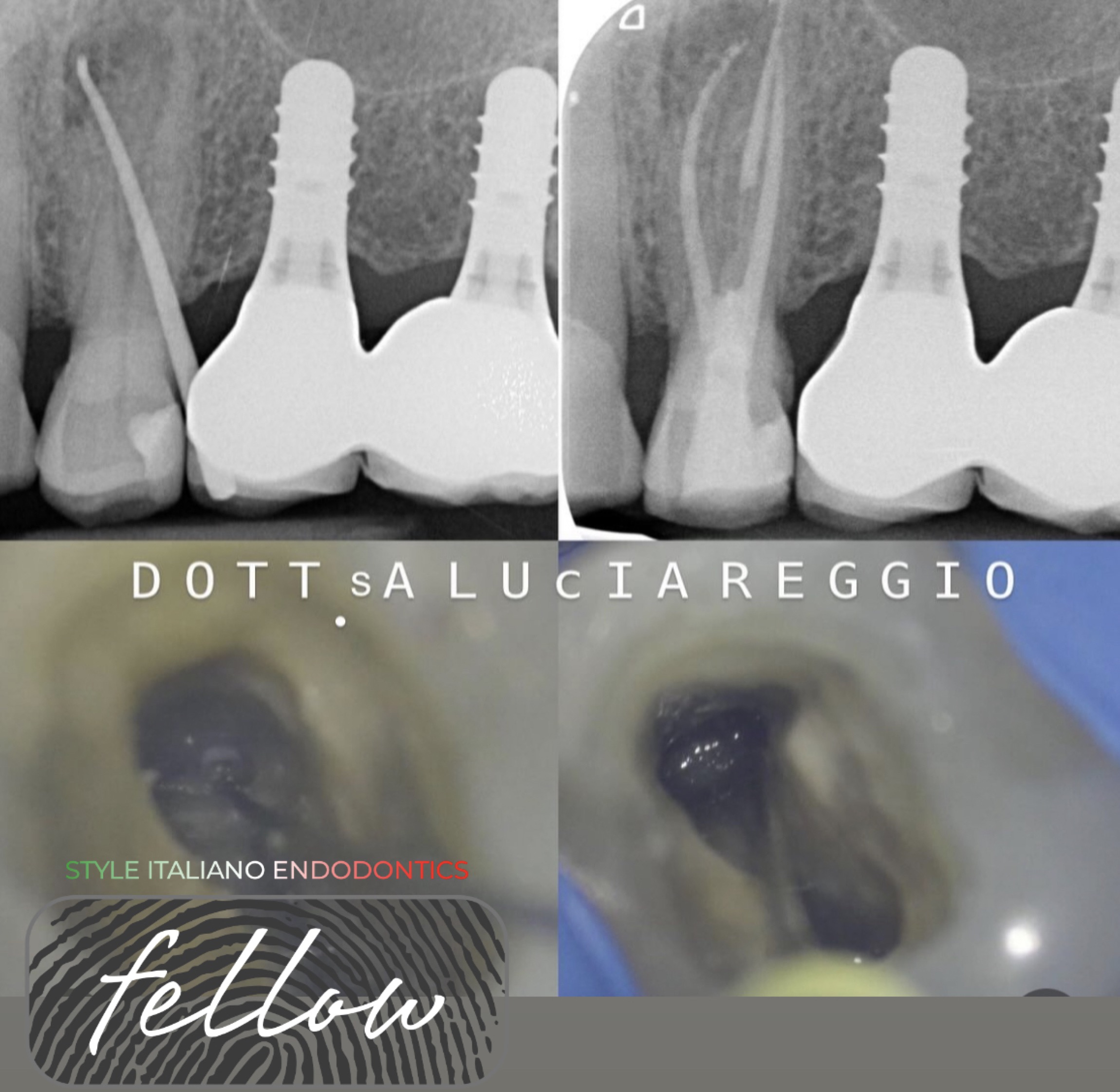 Managing of three rooted upper first premolars
Managing of three rooted upper first premolars
Three rooted upper first premolars are one of the most challenging anatomy variation. The aim of this article is to analyze prevalence, characteristics and management of this particular type of […]
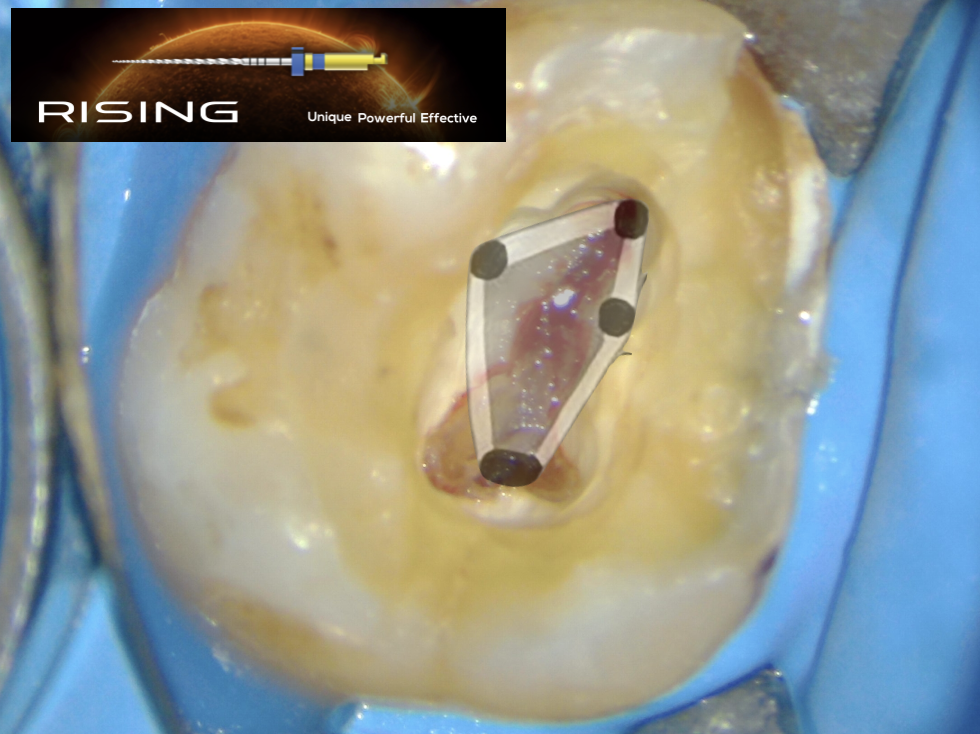 Anatomical variations in root canal system
Anatomical variations in root canal system
Rational variations in the root canal system anatomy and locations of root canal orifices present challenges for clinicians (Gu et al, 2010). Although there is general anatomy and location of […]
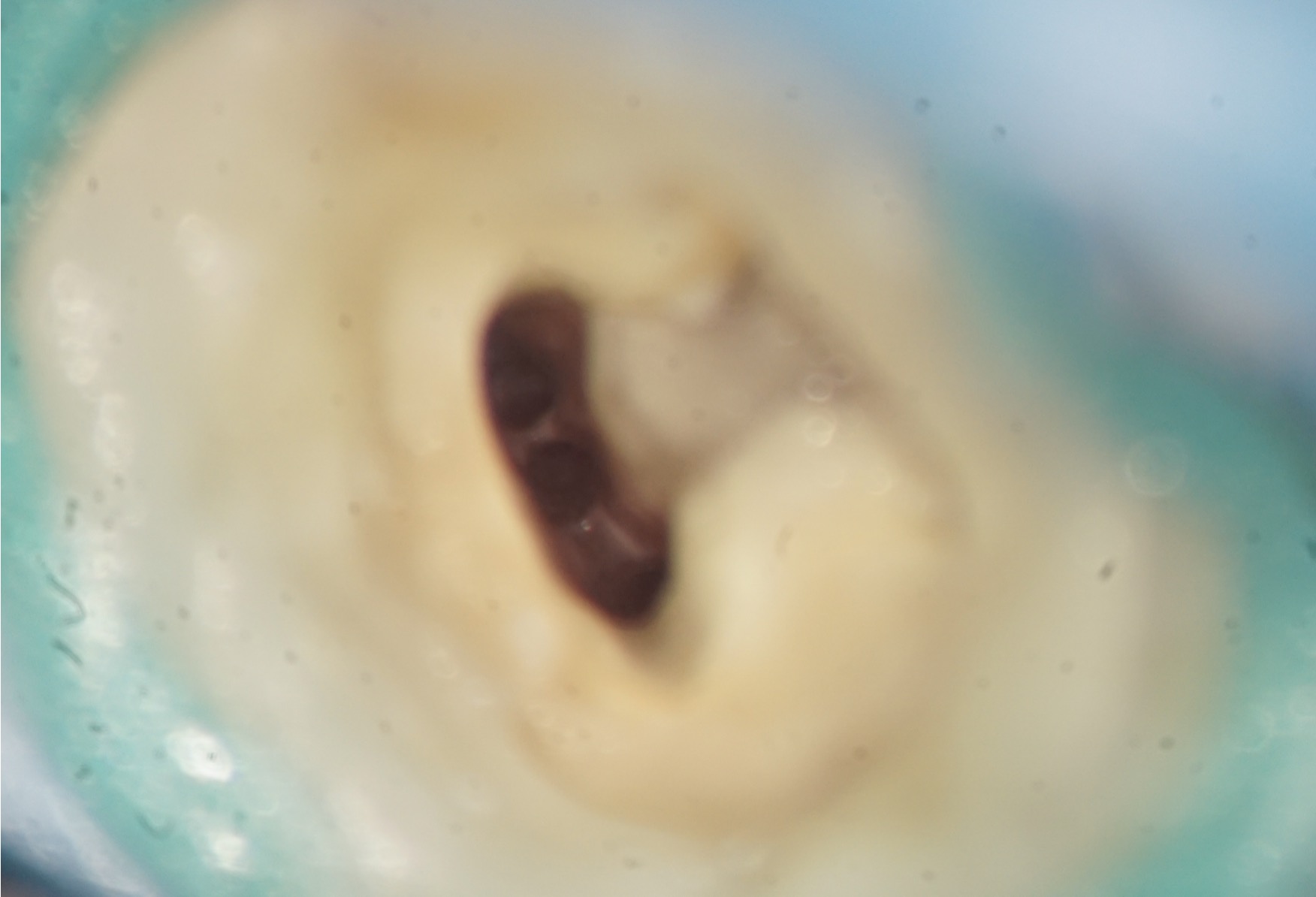 Clinical Insights into the Middle Distal Canal of Mandibular Molars: A Case Report.
Clinical Insights into the Middle Distal Canal of Mandibular Molars: A Case Report.
The middle distal canal in mandibular molars is a rare but clinically significant anatomical variation. Its prevalence varies from 0.26% to 9.6%, influenced by population differences and detection methods like […]
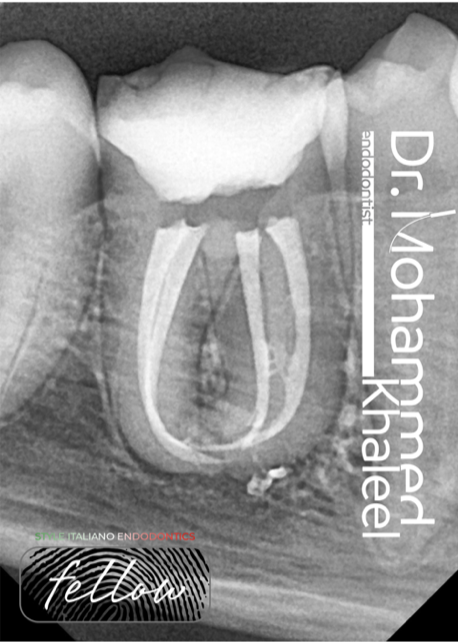 Dealing with intricate root canal system
Dealing with intricate root canal system
In Endodontics, while managing curved canals , an exception to dealing with the intricate canal system could be when using advanced technology like rotary instruments or nickel-titanium files.
These tools can help simplify the process by efficiently cleaning and shaping the canals, making it easier to navigate through complex canal anatomy.
By utilizing such modern techniques, Endodontist can overcome the challenges posed by intricate canal systems more effectively.
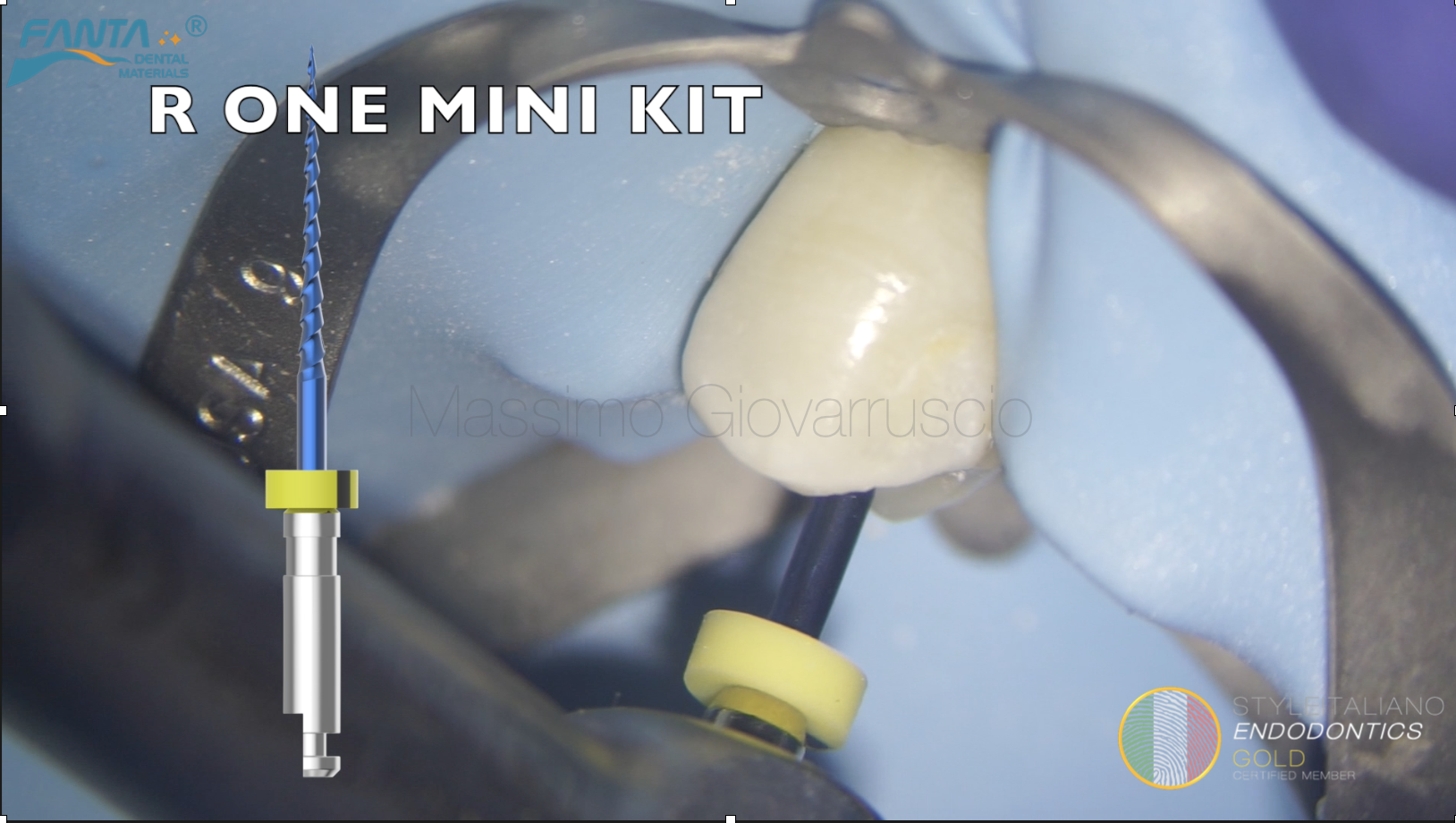 The curve you don’t expect
The curve you don’t expect
Patient has been referred due to symptoms on Upper Right Second Premolar. The tooth is tender to percussion and does not respond positively to vital test. Diagnosis is apical periodontitis […]
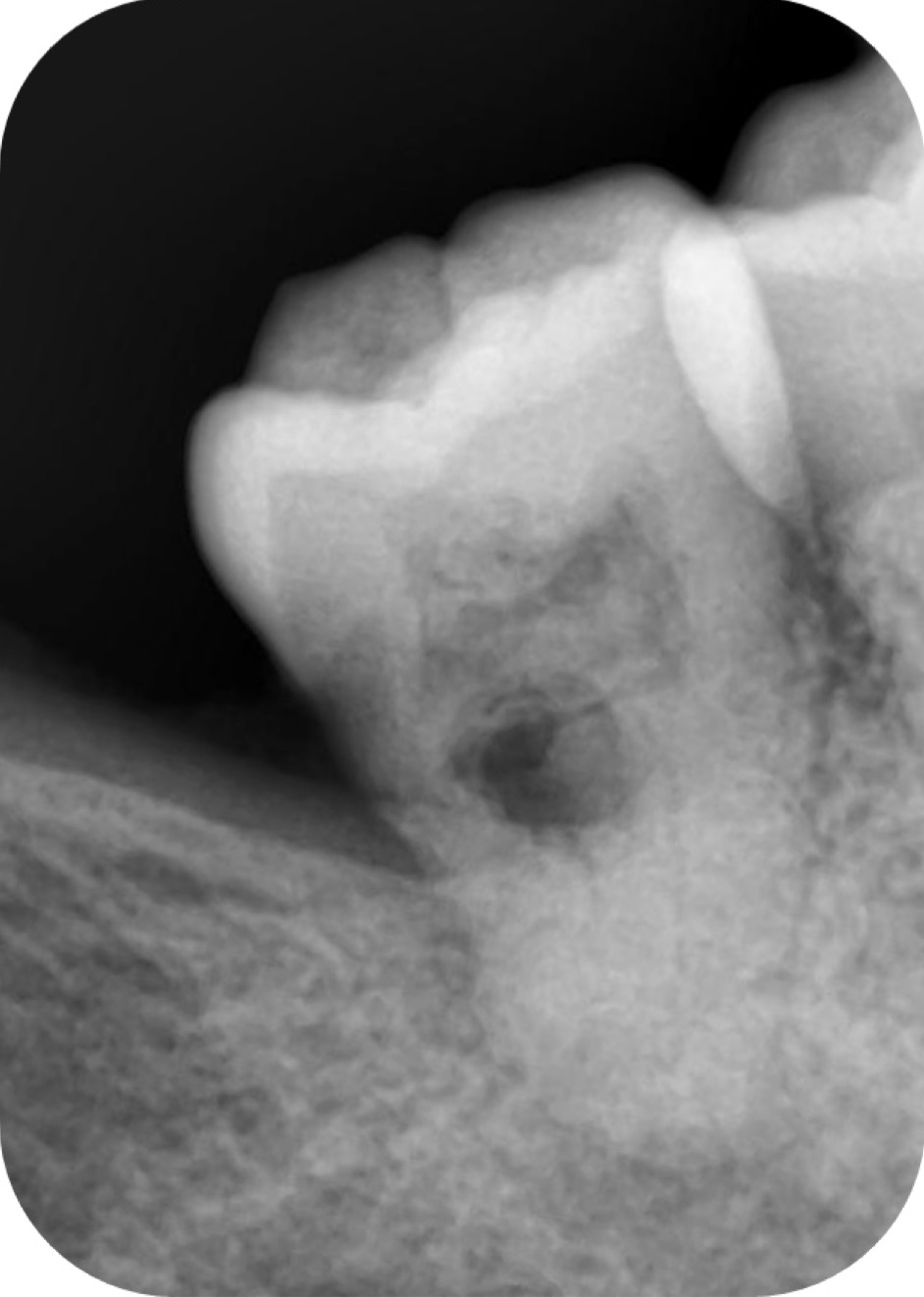 Internal root resorption in permanent mandibular molar: A rare entity
Internal root resorption in permanent mandibular molar: A rare entity
Internal resorption is usually uncommon thing which starts from the root canal & destroy the tooth structure. It usually occurs as a result of a continuous chronic inflammatory process . […]
 Management of C shaped canal in mandibular second molar
Management of C shaped canal in mandibular second molar
C shaped root canal configuration is an aberrant canal anatomy, common in the mandibular second molars with prevalence ranging from 2.7% to 45.5% in different populations. Failure of fusion of Hertwig’s […]
 RCT Of A First Lower Molar with Five Canals And An Additional Distal Root
RCT Of A First Lower Molar with Five Canals And An Additional Distal Root
The chemomechanical preparation of the canal system is one of the most important phases of endodontic treatment and can be compromised in certain cases when performing a minimally invasive approach […]
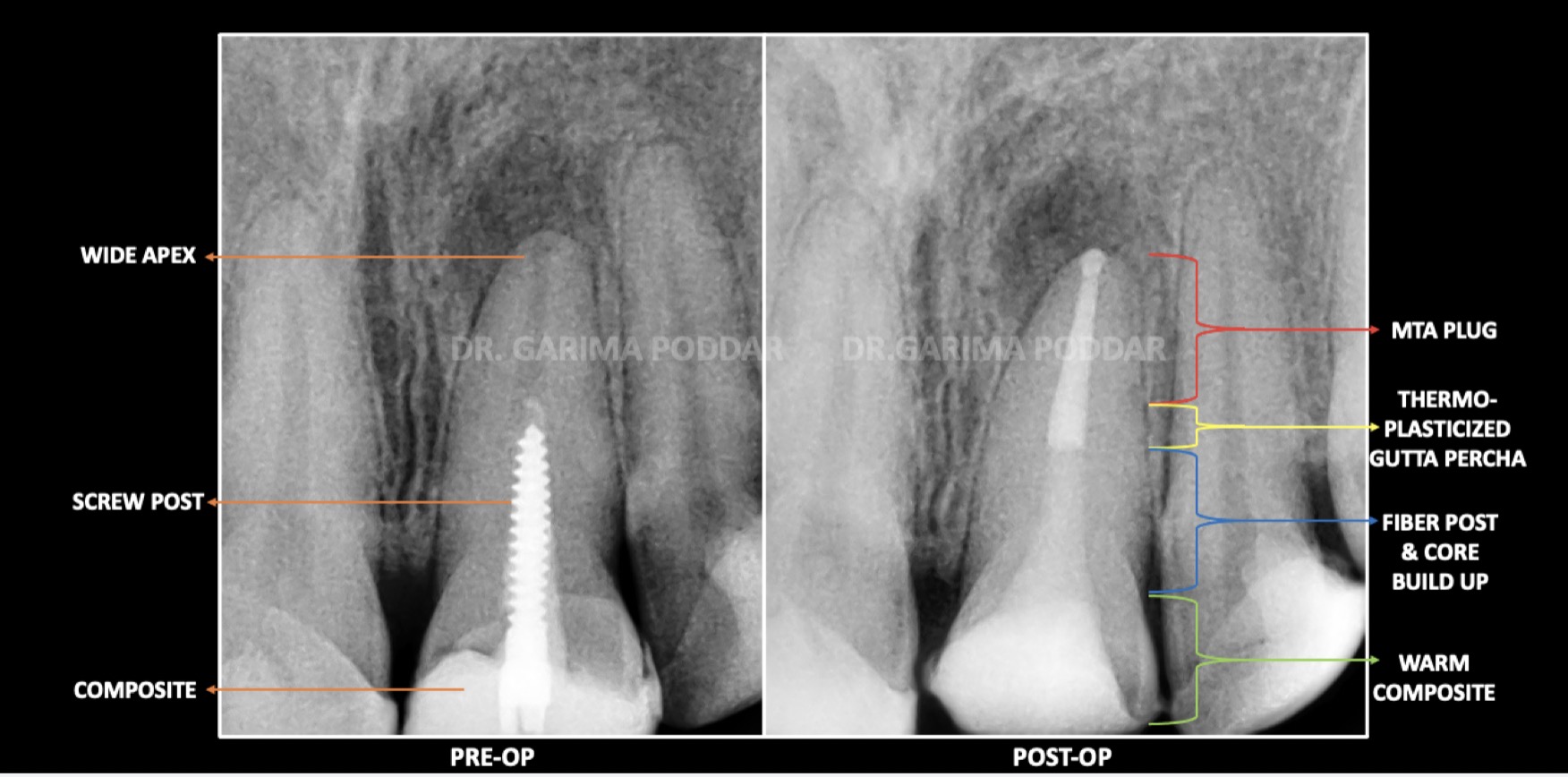 A Screw Post & Widened Apex Story
A Screw Post & Widened Apex Story
This is the story of retreatment and management of tooth number 21 where a screw post was placed in the canal without performing root canal treatment. Over a decade, the […]